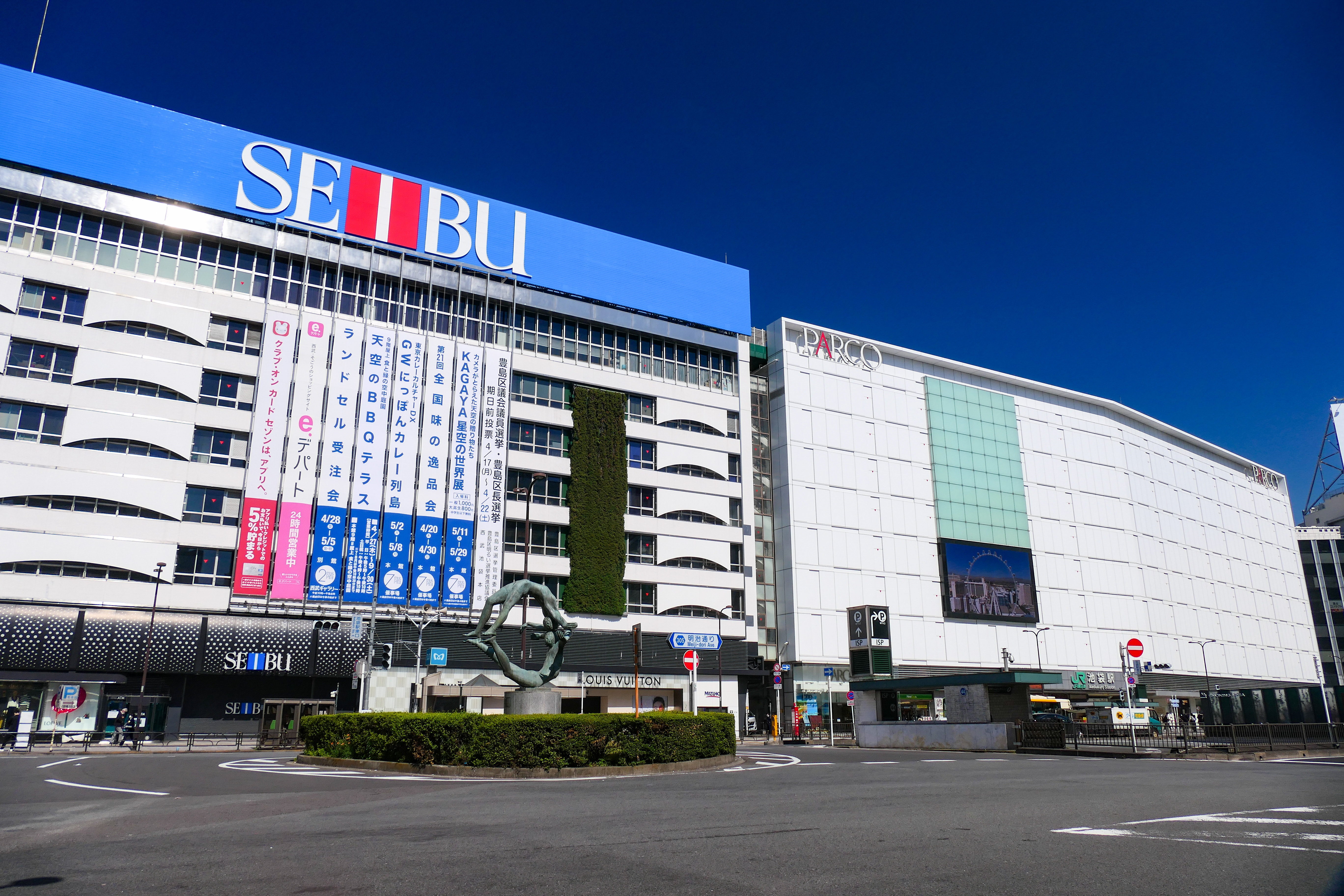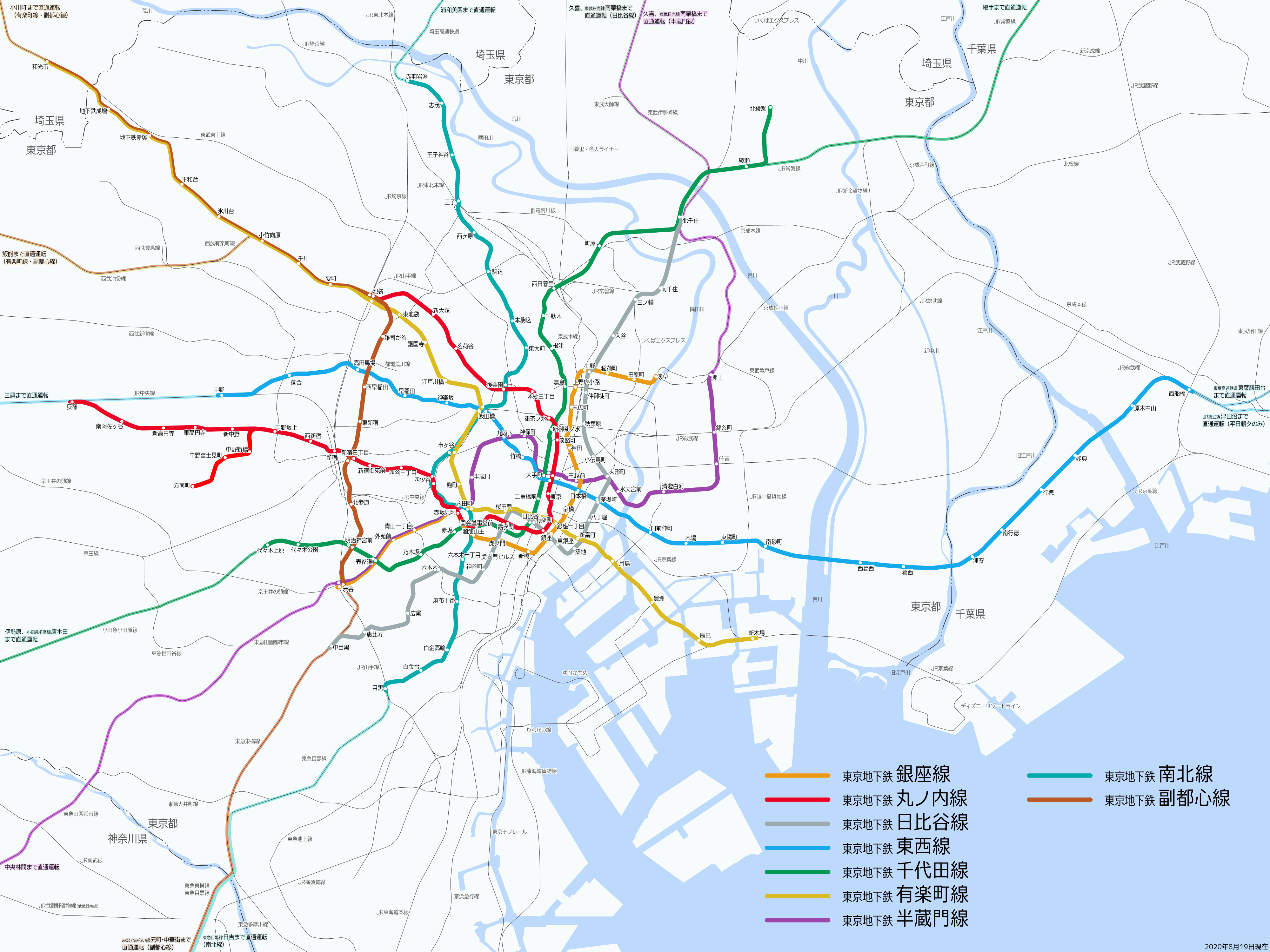|
Shuttle Train
A shuttle train is a train that runs back and forth between two points, especially if it offers a frequent service over a short route. Shuttle trains are used in various ways, in various parts of the world. They commonly operate as a fixed consist, and run non-stop between their termini. They can be used to carry passengers, freight, or both. Examples Airport shuttle trains An airport shuttle train may run between an airport and some other location, or connect two or more terminals. The second is usually in the form of a driverless people mover. Italy A shuttle train connects Galileo Galilei Airport in Pisa with Pisa Central railway station. It operates daily and takes five minutes. United Kingdom The Gatwick Airport Shuttle Transit is a people mover used to transfer passengers between the North and South Terminals at London Gatwick Airport. It runs every few minutes 24 hours a day, and the journey takes two minutes. Car shuttle trains A car shuttle train is used to t ... [...More Info...] [...Related Items...] OR: [Wikipedia] [Google] [Baidu] |
Aichi Loop Line
The is a Japanese railway line connecting Okazaki Station in Okazaki, Aichi, Okazaki and Kōzōji Station in Kasugai, Aichi, Kasugai, operated by the . The company or the line is abbreviated as . This is the only line the company operates. Despite its name, the line is not a true loop, but a north-south line situated east of Nagoya, Aichi, Nagoya, which can be considered as an unclosed loop (with the JR Tōkaidō Main Line, Tokaido line and Chūō Main Line, Chuo Line serving as the portions of the circle). The Aichi Loop Railway is a Third-sector railway, third-sector company, with shares held by public sector such as Aichi Prefecture, the city of Toyota, Aichi, Toyota, and also by private companies. Unlike typical third-sector lines in Japan, the Aichi Loop Line makes a profit, since the line functions as a commuter rail line for nearby Toyota, Toyota Motor factories. Basic data *Operators, distances: **Aichi Loop Railway (Category 1) ***Okazaki – Kōzōji: 45.3 km (ca ... [...More Info...] [...Related Items...] OR: [Wikipedia] [Google] [Baidu] |
New York City Subway
The New York City Subway is a rapid transit system in New York City serving the New York City boroughs, boroughs of Manhattan, Brooklyn, Queens, and the Bronx. It is owned by the government of New York City and leased to the New York City Transit Authority, an affiliate agency of the Government of New York (state), state-run Metropolitan Transportation Authority (MTA). Opened on October 27, 1904, the New York City Subway is one of the world's oldest public transit systems, one of the most-used, and the one with the second-most stations after the Beijing Subway, with New York City Subway stations, 472 stations in operation (423, if stations connected by transfers are counted as single stations). The system has operated 24/7 service every day of the year throughout most of its history, barring emergencies and disasters. By annual ridership, the New York City Subway is the busiest rapid transit system in both the Western Hemisphere and the Western world, as well as the List of m ... [...More Info...] [...Related Items...] OR: [Wikipedia] [Google] [Baidu] |
S (New York City Subway Service)
Three services in the New York City Subway are designated as a S (shuttle train, shuttle) service. These services operate as full-time or almost full-time shuttles. In addition, three services run as shuttles during late night hours but retain their regular service designations. Shuttle services Official designations All of the following services are officially labeled S. The "NYCT designator" column stands for New York City Transit's internal designation for the service. Late-night shuttles Former uses Other routes have in the past been designated S or SS; the label has also been used for temporary shuttles due to construction. Before June 1979, all shuttles had the label SS; the designation S was reserved for "special" services, including Independent Subway System, IND trains to Aqueduct Racetrack (IND Rockaway Line), Aqueduct Racetrack. The SS label was first applied in 1967, when some services were relabeled due to the completion of the Chrystie Street Connection (se ... [...More Info...] [...Related Items...] OR: [Wikipedia] [Google] [Baidu] |
Kotake-mukaihara Station
is a subway station in Nerima, Tokyo, Japan, operated by Tokyo Metro. Its station numbers for the Tokyo Metro Yurakucho and Fukutoshin Lines are Y-06 and F-06 respectively. Its station number for the Seibu Yūrakuchō Line is SI37. Lines Kotake-mukaihara Station is a junction of the following three underground lines. Station layout The station consists of two parallel island platforms serving four tracks. Both platforms are equipped with waist-height platform edge doors. File:Kotake-mukaihara Station Platform 1・2.jpg, Kotake-Mukaihara Station platform 1 and 2 File:Kotake-mukaihara Station Platform 3・4.jpg, Kotake-Mukaihara Station platform 3 and 4 File:Kotake-Mukaihara Rail Pattern.svg, Track diagram History The station opened on 1 October 1983. The station facilities of the Yurakucho and Fukutoshin Lines were inherited by Tokyo Metro The Tokyo Metro () is a major rapid transit system in Tokyo, Japan, operated by the #Organization, Tokyo Metro Co. With a ... [...More Info...] [...Related Items...] OR: [Wikipedia] [Google] [Baidu] |
Ikebukuro Station
Ikebukuro Station () is a major railway station located in the Ikebukuro district of Toshima, Tokyo, Japan, shared by the East Japan Railway Company (JR East), Tokyo subway operator Tokyo Metro, and the two private railway operators Seibu Railway and Tobu Railway. With 2.3 million daily passengers on average in 2023, it is the third-busiest railway station in the world (after Shinjuku Station and Shibuya Station), and the busiest station in the Tobu, Seibu, and Tokyo Metro networks. It primarily serves commuters from Saitama Prefecture and other residential areas northwest of the city center. It is the Tokyo terminal of the Seibu Ikebukuro Line and the Tobu Tojo Line. Lines JR East Seibu Railway Seibu Ikebukuro Line (Ikebukuro to Agano) - limited through service to Seibu Chichibu Line; branches to Seibu Toshima Line, Seibu Yūrakuchō Line, and Seibu Sayama Line Tobu Railway Tōbu Tōjō Line (Ikebukuro to Yorii) Tokyo Metro On weekdays, S-Train (Seibu) ser ... [...More Info...] [...Related Items...] OR: [Wikipedia] [Google] [Baidu] |
Fukutoshin Line
The , formally the , is a subway line operated by Tokyo Metro in west-central Tokyo and Wako, Saitama, Japan. The newest line in the Tokyo subway network, it opened in stages between 1994 and 2008. On average, the Fukutoshin Line carried 362,654 passengers daily in 2017, the lowest of all Tokyo Metro lines and roughly one third of its sister Tokyo Metro Yūrakuchō Line (1,124,478). Overview The Fukutoshin Line is the deepest metro line in Tokyo, with an average depth of . At Shinjuku-sanchōme Station, the line passes under the Tokyo Metro Marunouchi Line, Marunouchi and above the Toei Shinjuku Line, Shinjuku lines at a depth of , with a gap of only to the Shinjuku Line tunnel. The deepest section is at the immediately adjacent Higashi-Shinjuku Station, where the line goes down to , partly due to an underground space reservation for a possible future extension of the Jōetsu Shinkansen to Shinjuku. It is the second Tokyo Metro line to feature express services, after the Tokyo ... [...More Info...] [...Related Items...] OR: [Wikipedia] [Google] [Baidu] |
Ayase Station
is a railway station in Adachi, Tokyo, Japan, operated by East Japan Railway Company (JR East) and the Tokyo subway operator Tokyo Metro. Lines Ayase Station is served by the following two lines. * JR East Joban Line * Tokyo Metro Chiyoda Line The official boundary between the Joban Line and Chiyoda Line is located east of Ayase Station, past the turnoff for the Kita-Ayase branch of the Chiyoda Line. However, the segment of the Chiyoda Line between Ayase and Kita-Senju Station is treated as part of the Joban Line for fare calculation purposes when passengers do not travel on Tokyo Metro beyond Kita-Senju. Ayase Station also serves as a turnaround point for the Odakyu 60000 series MSE ''Romancecar'' service through the Chiyoda Line, and is sometimes used as a delivery point for Tokyo Metro trainsets by rail; JR Freight transports the trainsets to Ayase during midnight hours, where Tokyo Metro takes delivery and hauls them to the nearby Ayase depot. Station layout The stati ... [...More Info...] [...Related Items...] OR: [Wikipedia] [Google] [Baidu] |
Chiyoda Line
The is a subway line owned and operated by Tokyo Metro in Tokyo, Japan. On average, the line carries 1,447,730 passengers daily (2017), the second highest of the Tokyo Metro network, behind the Tozai Line (1,642,378).Tokyo Metro station ridership in 2010 ''Train Media (sourced from Tokyo Metro)'' Retrieved July 23, 2018. The line was named after the Chiyoda ward, under which it passes. On maps, diagrams and signboards, the line is shown using the color green, and its stations are given numbers using the letter "C". Overview The line serves the wards of[...More Info...] [...Related Items...] OR: [Wikipedia] [Google] [Baidu] |
Tokyo Metro
The Tokyo Metro () is a major rapid transit system in Tokyo, Japan, operated by the #Organization, Tokyo Metro Co. With an average daily ridership of 6.52 million passengers (as of 2023), the Tokyo Metro is the larger of the Tokyo subway, two subway operators in the city, the other being the Toei Subway, with 2.85 million average daily rides. Organization Tokyo Metro is operated by , a joint-stock company jointly owned by the Government of Japan and the Tokyo Metropolitan Government. The company, founded as a part of then-Prime Minister Junichiro Koizumi's policy of converting statutory corporations into Joint-stock company, joint-stock companies, replaced the , commonly known as Eidan or TRTA, on April 1, 2004. TRTA was administered by the Ministry of Land, Infrastructure and Transport (Japan), Ministry of Land, Infrastructure and Transport, and jointly funded by the national and metropolitan governments. It was formed in 1941 as a part-nationalization of the Tokyo Undergrou ... [...More Info...] [...Related Items...] OR: [Wikipedia] [Google] [Baidu] |
Aichi Prefecture
is a Prefectures of Japan, prefecture of Japan located in the Chūbu region of Honshū. Aichi Prefecture has a population of 7,461,111 () and a geographic area of with a population density of . Aichi Prefecture borders Mie Prefecture to the west, Gifu Prefecture and Nagano Prefecture to the north, and Shizuoka Prefecture to the east. Nagoya is the capital and largest city of the prefecture. Overview Nagoya is the capital and largest city of Aichi Prefecture, and the Largest cities in Japan by population by decade, fourth-largest city in Japan. Other major cities include Toyota, Aichi, Toyota, Okazaki, Aichi, Okazaki, and Ichinomiya, Aichi, Ichinomiya. Aichi Prefecture and Nagoya form the core of the Chūkyō metropolitan area, the List of metropolitan areas in Japan, third-largest metropolitan area in Japan and one of the largest metropolitan areas in the world. Aichi Prefecture is located on Japan's Pacific Ocean coast and forms part of the Tōkai region, a subregion of the ... [...More Info...] [...Related Items...] OR: [Wikipedia] [Google] [Baidu] |



